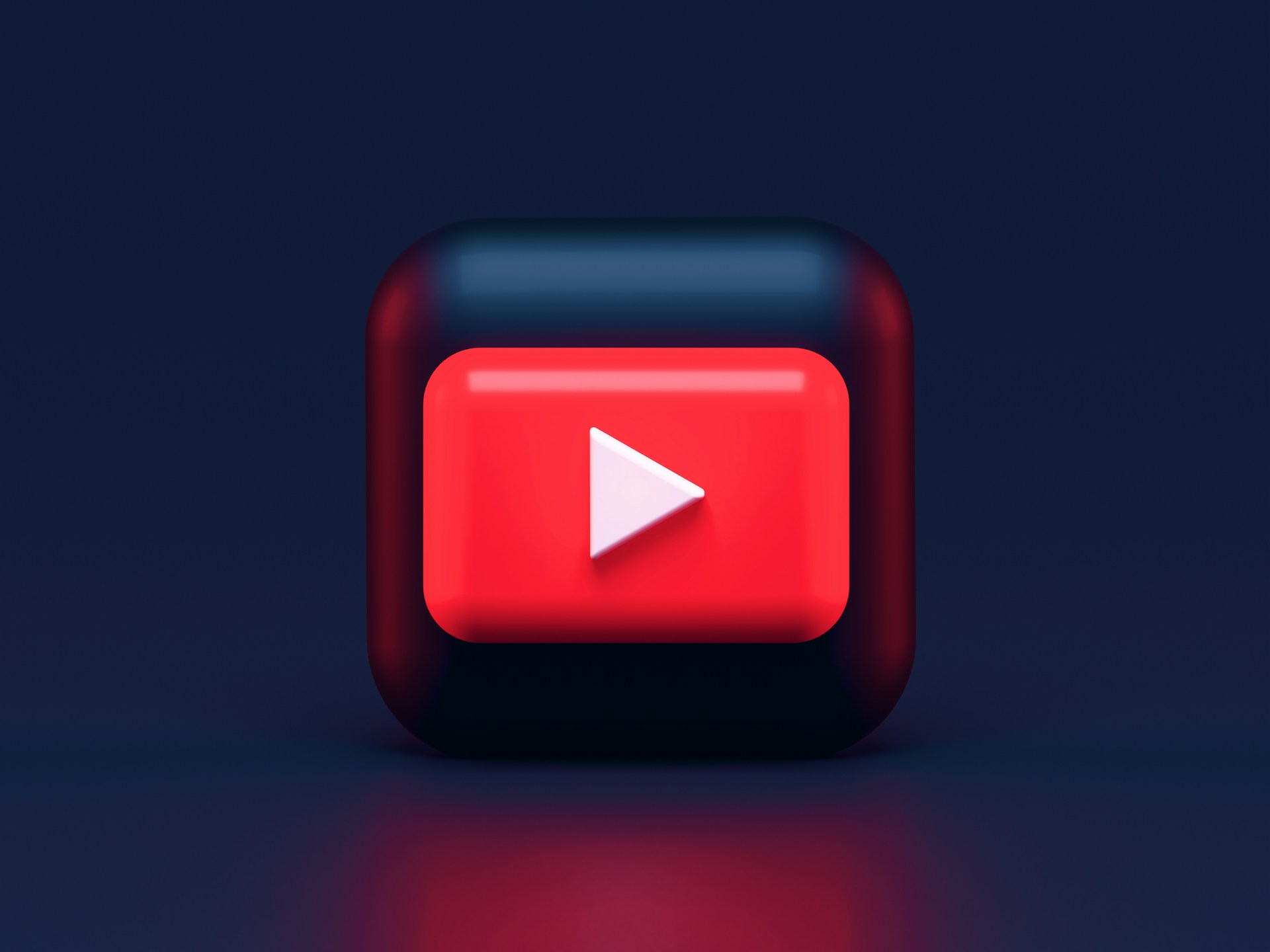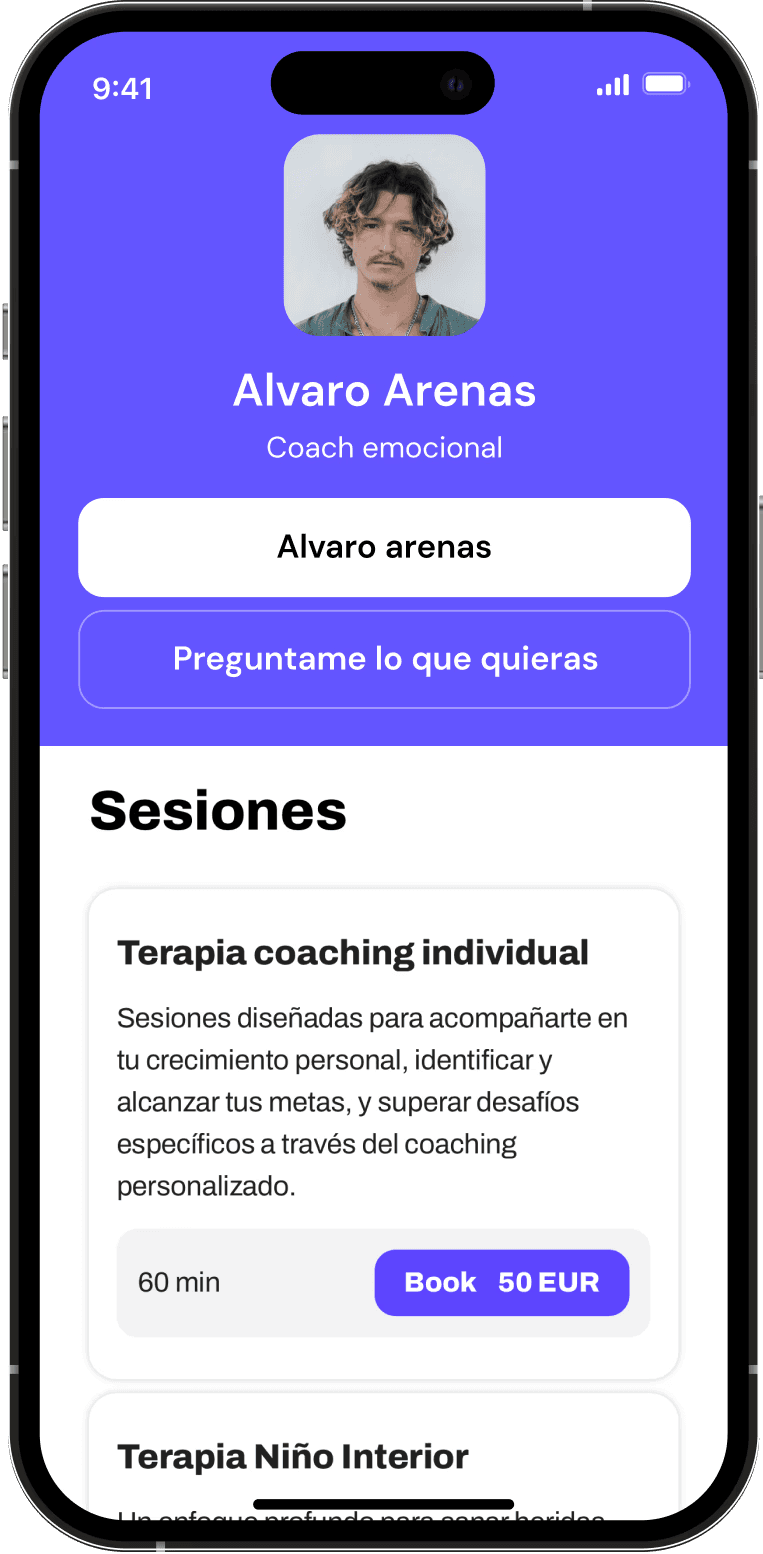How much does youtube pay per view
Nov 9, 2024

YouTube is a platform that has transformed the way we consume content. It's also become a lucrative source of income for many content creators. But how much does YouTube actually pay per view?
This question is common among aspiring YouTubers and even seasoned creators. The answer, however, is not as straightforward as one might think.
YouTube's payment system is complex, with various factors influencing how much a creator can earn. It's not simply a matter of getting views.
In this guide, we'll delve into the specifics of YouTube's monetization model. We'll explore key concepts like CPM and RPM, and how they impact your earnings.
We'll also discuss strategies to maximize your YouTube revenue and provide a realistic picture of potential earnings. Whether you're a budding YouTuber or a digital marketer, this guide will offer valuable insights into YouTube's pay-per-view system.
Understanding YouTube's Monetization Model
YouTube offers a multifaceted monetization model that allows creators to earn revenue through multiple streams. The primary source is advertising revenue, which is generated when ads are displayed on videos. However, it's essential to understand that not every view translates into earnings.
Monetization begins with joining the YouTube Partner Program (YPP). Once accepted, creators can enable ads on their videos. They earn a share of the ad revenue, with YouTube typically taking a 45% cut. This model incentivizes high-quality content that attracts and retains viewers.
Several forms of ads exist, each affecting revenue differently. Creators can monetize with display ads, overlay ads, and skippable video ads. The type and success of these ads significantly impact earnings, making ad selection crucial.
In addition to ads, creators can leverage other revenue streams. These include Super Chats during live streams, channel memberships, and merchandise sales. Diversifying income streams can greatly enhance overall earnings.
Key aspects of YouTube's monetization model include:
Advertising Revenue: Main income source via ads.
YouTube Premium: Subscribers pay for an ad-free experience.
Additional Revenue Streams: Memberships and merchandise sales.
This model requires creators to balance content quality and audience engagement to maximize monetization potential.
The Role of CPM and RPM in YouTube Earnings
Two pivotal terms frequently come up when discussing YouTube earnings: CPM and RPM. They are essential in understanding how income is generated from views.
CPM stands for Cost Per Mille, representing the cost advertisers pay for 1,000 ad views. It's an indicator of the value advertisers place on your content. CPM rates fluctuate based on various factors, including content niche and audience demographics.
RPM, or Revenue Per Mille, differs slightly. It reflects the actual revenue a creator earns per 1,000 views after YouTube's share is deducted. RPM provides a more accurate picture of a creator's earnings.
Both CPM and RPM are crucial for creators aiming to maximize their earnings. Creators should aim to increase these rates by producing high-quality content that attracts desirable audiences.
CPM: Advertiser's cost per 1,000 views
RPM: Creator's earnings per 1,000 views
Influencing Factors: Content niche, audience location, video quality
Understanding and improving these metrics is key to enhancing overall earnings on YouTube.
Factors That Affect YouTube Pay Per View
Several elements influence how much creators earn per view on YouTube. The most critical are video quality, niche, and viewer demographics.
Content that engages and retains viewers typically commands higher ad rates. Certain niches, like finance and technology, attract higher CPMs. Engaging content leads to better audience retention, which can influence advertisers' willingness to pay more.
Audience demographics also play a role. Advertisers often pay more for views from countries with higher average earnings, like the U.S. and Canada. Therefore, the geographic location of your viewers affects your potential revenue per view.
Timing and seasonality can further influence earnings. For instance, ad rates often increase in the fourth quarter of the year due to higher holiday demand. Creators should consider these trends when planning their content schedules.
Additionally, the type of content can impact earnings. Videos tailored to current events or trending topics might attract more viewers and higher CPMs. Nonetheless, balance is key, as evergreen content continues to generate revenue over time.
Creators must also consider YouTube Premium views, which contribute to revenue without relying on ads. These views are monetized based on watch time and provide a steady income stream.
Key factors affecting earnings per view:
Content Quality and Engagement: High-quality content attracts better ads.
Niche Market Rates: Some niches have higher ad rates.
Audience Demographics and Geography: Affects CPM and RPM.
Seasonal Trends: Ad rates fluctuate throughout the year.
Content Type: Trends versus evergreen content.
YouTube Premium: Revenue without ads.
By understanding and addressing these factors, creators can optimize their strategies for increased income per view.
How to Join the YouTube Partner Program (YPP)
Joining the YouTube Partner Program (YPP) is a crucial step for monetizing your channel. It allows creators to start earning from their content by displaying ads. However, becoming a YouTube Partner requires meeting specific criteria and completing several steps.
The primary benefit of joining the YPP is access to a broader range of monetization features. These include Super Chats, channel memberships, and exclusive features for live streaming. Participation in the program also enables creators to share in the advertising revenue generated from their videos.
To maintain a YPP account, creators must comply with all YouTube policies. This ensures the platform remains a safe and reliable environment for all users. Upholding community guidelines is essential for sustained success and continued participation in the program.
Eligibility Requirements for the YPP
Before applying to the YPP, creators need to meet certain eligibility requirements. First, channels must have at least 1,000 subscribers. Achieving this milestone indicates that the channel has an established audience base interested in its content.
Additionally, channels must accumulate 4,000 watch hours within the past 12 months. This requirement helps ensure that channels have content actively engaging viewers. Meeting both these criteria is necessary to demonstrate consistent channel performance.
Adherence to YouTube's policies is another critical requirement. Channels must comply with community and advertiser-friendly guidelines to qualify. This entails producing content that aligns with platform standards and maintains a positive environment.
Steps to Become a YouTube Partner
Once eligibility is confirmed, creators can begin the application process. Start by signing in to your YouTube account and accessing the YouTube Studio dashboard. In the Monetization tab, follow the on-screen instructions to join the program.
Agreeing to YouTube's Partner Program terms is the first step. Next, set up an AdSense account or link an existing one for payment processing. This account is essential for receiving ad revenue and payments for other monetization features.
After completing these steps, YouTube will review your application. The review process ensures your channel meets all requirements and guidelines. Upon approval, creators can enable ads and access additional monetization tools, effectively beginning to generate revenue from their content.
Types of Ads and How They Influence Earnings
The kind of ads on your YouTube channel significantly impacts your earnings. Each ad type interacts differently with your content and affects viewer engagement. Understanding these ads can help optimize revenue from your channel.
There are several ad formats available to YouTube creators. These include display ads, overlay ads, skippable video ads, and non-skippable ads. Each format offers distinct advantages and limitations concerning audience interaction.
Skippable video ads allow viewers to skip ads after a few seconds. These ads can be less intrusive but may reduce the potential ad revenue. Non-skippable ads force viewers to watch the entire ad, often leading to higher earnings.
Ad placement also plays a role in influencing revenue. Ads that appear at the beginning or end of a video might engage viewers differently than those appearing mid-video. Effective placement and the right mix of ad formats can enhance a channel's pay per view.
Understanding Different Ad Formats
YouTube offers a variety of ad formats, each tailored for specific viewer experiences. Display ads appear beside the video player, providing non-intrusive engagement. These ads generally work well with larger screens, such as computers.
Overlay ads are semi-transparent banners appearing at the bottom of the video. Viewers can close these ads, which may affect their effectiveness. This format suits videos with longer durations, where viewers have time to engage further.
Skippable video ads allow users to skip after watching for a few seconds. This format gives users more control, often resulting in higher viewer satisfaction. It also allows advertisers to pay only if the viewer watches the entire ad.
Non-skippable ads require viewers to watch the entire ad before continuing the video. These ads can generate more revenue, but they may impact viewer experience negatively. It's essential to balance ad types to maintain audience engagement.
How Ad Types Affect Your Pay Per View
Different ad types influence the pay per view earnings in unique ways. For instance, non-skippable ads can yield higher revenues, but they might lead to viewer frustration. Skippable ads, while less profitable per view, encourage a better user experience.
Overlay ads can generate revenue through clicks, but they usually earn less than video ads. Their effectiveness depends on viewer interaction, which can be unpredictable. Display ads contribute through impressions, adding another income stream.
Combining various ad types can improve overall revenue potential. Diversifying the mix of ads helps cushion the impact of viewer preferences and behavior changes. By experimenting with these formats, creators can find the right balance for maximum earnings.
Ultimately, understanding the nuances of each ad type is key to maximizing revenue. Testing and adjusting strategies based on viewer response ensures better monetization outcomes for YouTube creators.
Maximizing Your YouTube Revenue
Maximizing YouTube revenue involves a combination of strategic planning and content optimization. It's not just about publishing videos; it's about using insights and tools available. Understanding the factors that influence earnings can help boost income from your channel.
The first step is to understand your audience. Creating content that resonates with your viewers increases engagement and views. High audience engagement can lead to higher ad revenue. Engaged viewers are more likely to interact with ads, boosting CPM and RPM.
Consistency in uploading content plays a crucial role in growing your channel. Regular uploads keep your audience engaged and attract new subscribers. Additionally, consistent posting improves your chances of being favored by YouTube's algorithm.
Implementing a data-driven approach can enhance your revenue efforts. Utilize YouTube Analytics to track performance and gather insights. These insights help identify successful content strategies, aiding in fine-tuning your approach for greater income potential.
Strategies for Increasing CPM and RPM
To boost your CPM and RPM, focus on creating high-quality, niche content. Topics like finance, technology, and education often attract higher-paying ads. Advertisers are willing to pay more to reach these specific audiences.
Optimizing video metadata can improve your content's discoverability, leading to more views. Use accurate and relevant titles, descriptions, and tags. This optimization helps videos rank better in search results and recommendations.
Another strategy is to enhance viewer retention. Longer watch times can positively impact RPM, as they increase ad impressions. Create engaging content that captivates viewers, encouraging them to watch more of your videos.
Engaging with your audience builds loyalty, which can indirectly increase CPM and RPM. Respond to comments, use community posts, and encourage interaction. Building a strong community around your channel fosters sustained growth and revenue.
Diversifying Income Streams Beyond Ad Revenue
Beyond ads, diversifying your income streams can secure a stable revenue flow. Depending solely on ad revenue can be unpredictable due to fluctuating rates. Exploring other avenues can supplement your earnings significantly.
One popular option is merchandise sales. Creating and selling branded merchandise can enhance your income. It also fosters a deeper connection with your audience, as fans enjoy supporting their favorite creators.
Sponsorships and brand deals offer another lucrative revenue source. Partnering with brands to promote their products in your videos can be financially rewarding. Ensure these partnerships align with your content and audience values for authenticity.
Channel memberships and platforms like Patreon provide opportunities for exclusive content. Offering exclusive perks to paying subscribers can create a loyal fanbase. Memberships can be a consistent revenue source, as they often recur monthly.
Creating digital products or online courses can open new income avenues. If you have expertise in a field, share your knowledge through courses or ebooks. These products can attract an audience interested in learning more from you.
A diverse income strategy strengthens your financial stability. This approach reduces reliance on any single source, enabling long-term growth. By exploring these options, creators can build a more sustainable and profitable YouTube channel.
Realistic Earnings: What Can You Expect?
Understanding realistic earnings on YouTube requires setting expectations based on several factors. Income varies widely depending on niche, audience, and video performance. Creators should anticipate fluctuations in earnings and plan accordingly.
On average, YouTube pays between $0.01 and $0.03 per view. This range can shift based on viewer location, engagement, and the type of ads shown. It's essential to remember that not all views will generate revenue, as some may not include ads.
For many creators, earning a steady income takes time and effort. Building a successful YouTube channel involves consistent uploads, audience engagement, and content strategy. With patience and persistence, reaching financial milestones becomes more achievable.
How Much Does YouTube Pay for 1,000 Views?
Earnings from 1,000 views hinge on factors like CPM, audience geography, and ad interactions. Generally, you can expect to earn between $1 and $3 for these views. However, specific CPM rates for your channel play a pivotal role.
Higher CPM rates are often seen in videos within niches like finance or technology. If your content caters to these sectors, you might see earnings on the higher end. Creators targeting broader or less advertiser-friendly categories may experience lower payouts.
This estimated earnings range should guide creators in setting realistic goals. Analyzing YouTube Analytics can offer insights into past performance, helping you refine your strategy. By optimizing content for higher engagement, you can gradually increase this baseline figure.
How Much Does YouTube Pay for 1 Million Views?
For 1 million views, YouTube creators might earn anywhere between $1,000 and $3,000. Again, this is heavily influenced by CPM, RPM, and viewer demographics. The variance underscores the importance of understanding your target audience.
Viewers from countries with higher advertising rates, like the USA and Canada, can increase revenue per million views. Conversely, creators with a global audience might find earnings dispersed over different CPM rates. This geographical understanding is crucial for planning.
Furthermore, not all views are monetized, affecting potential earnings. Some views might come from YouTube Premium subscribers, adding a different revenue dimension. Creators should focus on maximizing monetization opportunities to capitalize on this view count milestone.
The Impact of YouTube Premium on Creator Earnings
YouTube Premium offers viewers an ad-free experience while still supporting creators. Unlike typical ad revenue, earnings come from a percentage of subscription fees. This creates a unique income stream for those who engage Premium users.
Creators receive a portion of the Premium subscription revenue based on watch time. This means more viewer retention directly correlates to increased earnings. Channels with high watch times benefit significantly, as their content is consumed more by Premium subscribers.
The exact amount earned through YouTube Premium varies. It's influenced by the number of subscribers and the proportion of their watch time devoted to your videos. However, it adds a layer of income independent of traditional ad views, supporting creators' financial stability.
Conclusion: Building a Sustainable YouTube Channel
Building a sustainable YouTube channel requires dedication, creativity, and a strategic approach. Understanding the dynamics of monetization and focusing on diverse income sources can enhance financial stability. With perseverance and quality content, creators can achieve long-term success.
Engaging with your audience and staying informed about platform changes can also boost growth. Remember, successful creators continually adapt and innovate, making their channels more appealing and profitable over time.
Additional Resources and Further Reading
Explore YouTube’s Creator Academy and industry blogs for more insights. These resources offer valuable guidance on growing your channel effectively.



